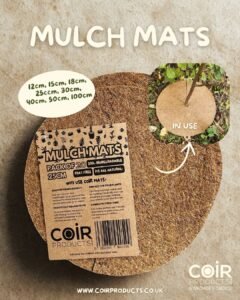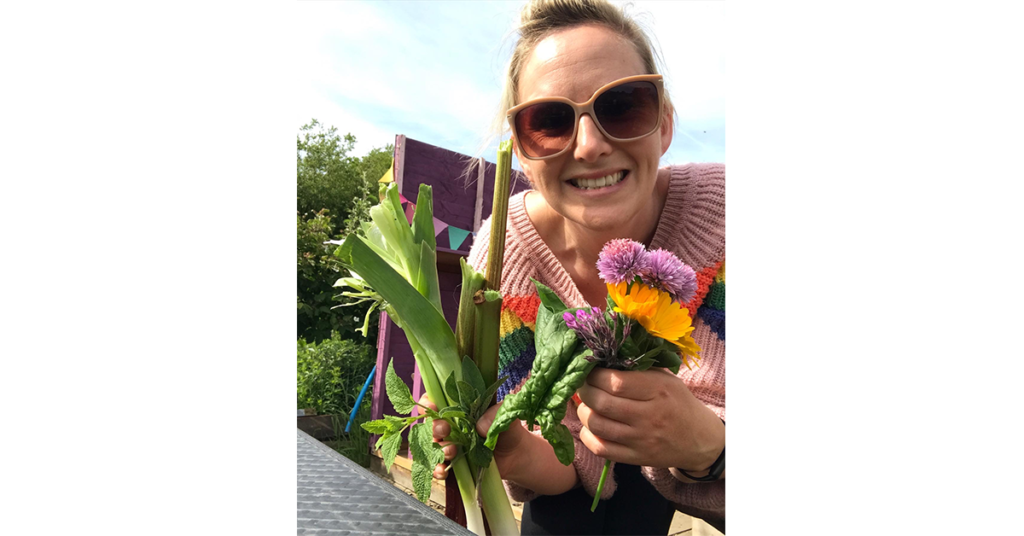
Transform Your Garden with Biodegradable Mulch Mats
In a world where every choice we make ripples through our planet and our personal sanctuary, your garden deserves more than the ordinary. It deserves

CoirProducts Grower of the Month for August is Laura (@ourorganicallotment). Laura’s love for gardening came from spending time in her grandad’s greenhouse, especially seeing the tomatoes he has grown. Having got their own allotment in 2018, Laura loves gardening with her two children. In this blog post, Laura talks about what she loves to grow, what it means to garden with children, and what she enjoys the most about gardening. Read on to find out all about Laura’s gardening journey.
How and when did you start gardening/growing?
One of my best childhood memories was being allowed to go into my grandad’s greenhouse to see his tomatoes. If I was lucky I was even allowed to eat some. He has always grown great tomatoes, and I think that the memory of the smell of them was what first got me wanting to grow my own. Even before we had our own garden, my husband and I would grow chillies on our window sills, and later beans and courgettes in pots and grow bags in our small garden.
When we purchased our first house the ground was awful. It was a new build with a shallow layer of soil before hitting concrete. The more we dug up the more we discovered builder’s treasure; rubble, stones and even crisp bags and a sandwich packet – where a lazy builder must have buried them after his lunch. We quickly replenished the soil and added some ‘bare root’ fruit trees (which we were quite sure would die). They didn’t, and now our little corner of our new build estate has two apple trees, a pear tree and a range of seasonal fruits.

In a world where every choice we make ripples through our planet and our personal sanctuary, your garden deserves more than the ordinary. It deserves

We continue our special series highlighting grower’s experience of using coir with Kay @brook_cottage_. With a love for growing a mix of flowers, fruits, and